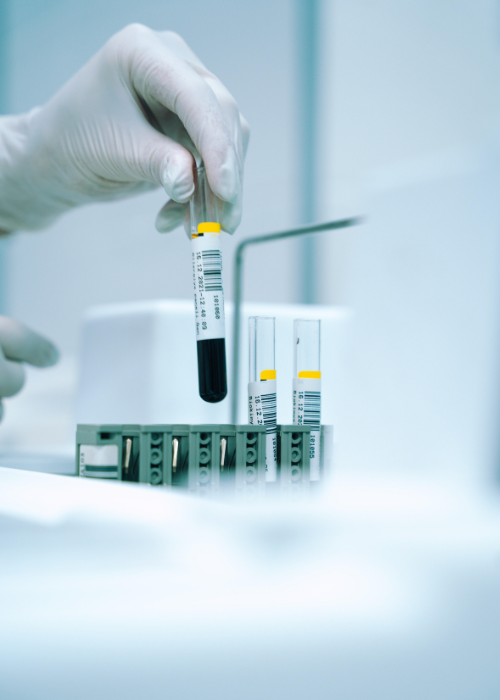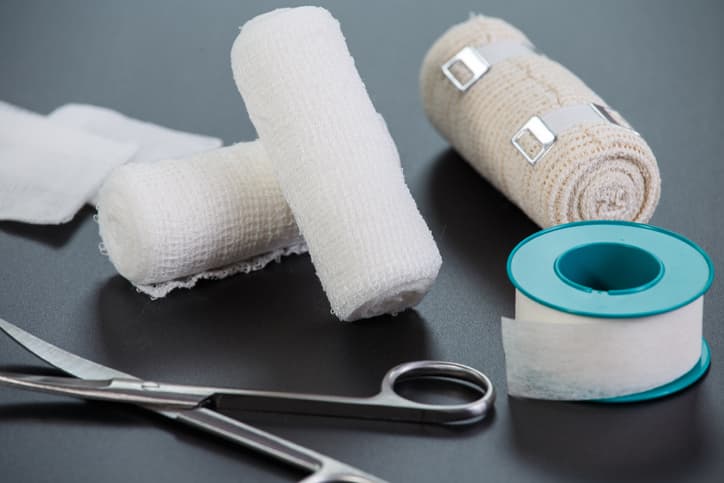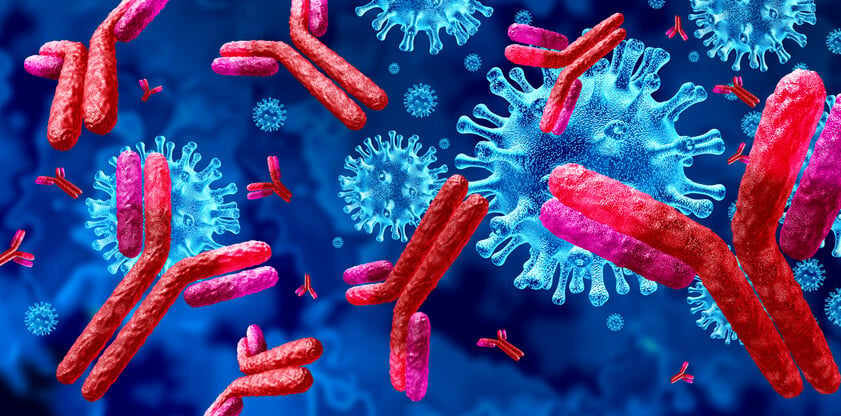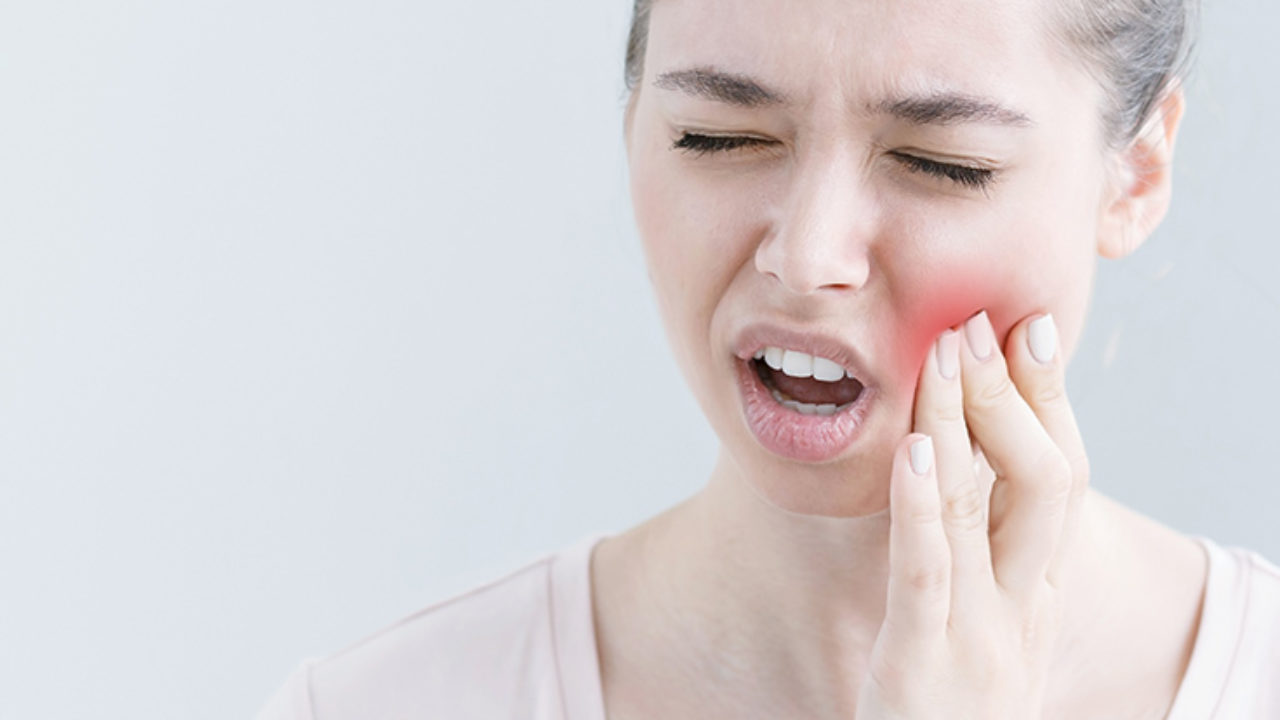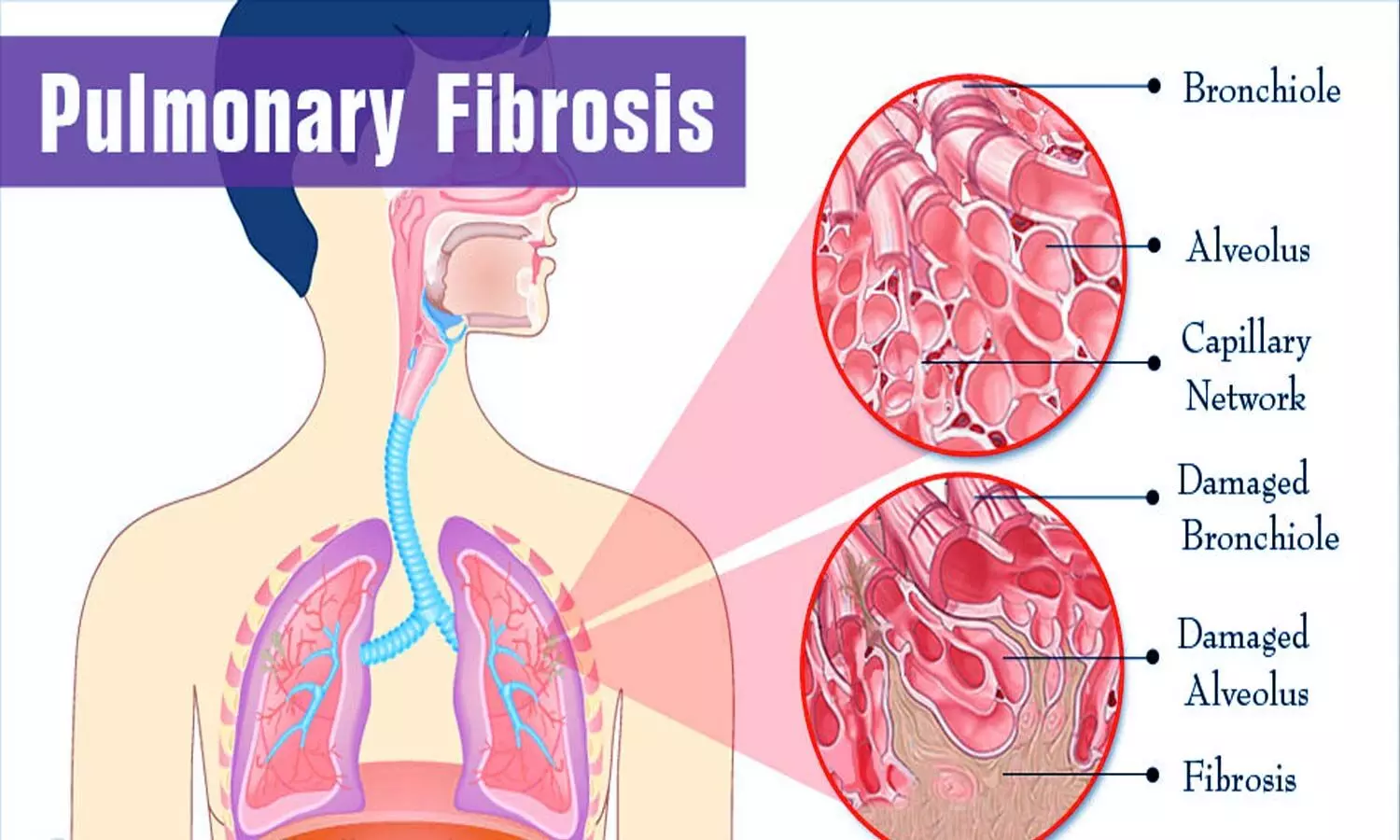Have you heard of Pink Himalayan salt? Are you curious about its taste and health benefits? Learn more about the Iodine and Sodium content. And what is its history and benefits. Here are just a few reasons why you should start using it. Here are some of the most common uses for it. And if you are still not sure, read on to find out why it is so popular. And don't forget to share your experiences with others!
Health benefits
The health benefits of Pink Himalayan salt are many and varied. While sodium chloride is the main component of table salt, pink salt contains 84 trace minerals. Those minerals are very small in percentage and may not have any noticeable impact on your health. However, consuming salt can reduce the risk of infections, especially from harmful bacteria. Eating salt may also reduce symptoms of depression. But the benefits of pink salt may not be nearly as great as some claim.
The crystals in Himalayan pink salt are highly heat resistant, which makes them an excellent cooking ingredient. These blocks can be used to cook a variety of foods and are even useful for serving cold dishes. These salts have the same taste and texture as table salt, but without the sodium. This makes them the perfect option for seasoning food and drinks. Soaking sore muscles in mineral baths may have even more benefits than you think.
People with kidney problems should monitor their sodium intake. The best way to monitor it is by following a low-sodium diet, or by using a scrub containing Manuka body scrub. A moderate amount of pink salt can help improve your condition. But be sure to talk with a doctor before starting any salt diet. Remember that no food supplement can replace a well-balanced diet and a healthy lifestyle.
Taste
The pink color of pink Himalayan salt is not just a fad – it's a necessary element for the human body. It maintains the right pH balance in our cells, regulates our blood sugar, and reduces the signs of aging. This salt contains many trace minerals and is more natural than table salt, which is heavily processed and treated with anti-caking agents. While some sources claim that it contains over 84 different trace minerals, we can't be sure. Regardless of whether you like the taste or not, sticking to the original salt is probably your best bet.
It is possible to buy Himalayan salt in different forms, including coarse and fine. Unlike sea salt, pink Himalayan salt has a distinctive flavor that will enhance any dish. It's great for finishing salt because it adds a crispy texture. You can even use it in place of sea salt when cooking for a more delicate flavor. And while it may be more expensive, it's worth it if you're into healthy eating.
Its vibrant pink color is a result of iron in the rock salt. This mineral salt is found in the Himalayan Mountains, and is extracted manually with minimal industrial processing. It is considered one of the cleanest salts on the planet. It can be used for cooking and decorating dishes and is very similar to table salt in taste. So, it's not only good for you, but you can feel good about the planet!
Sodium content
Compared to table salt, pink Himalayan salt is more expensive than its table-salt counterpart. But the high sodium content isn't an issue, as its nutritional properties are comparable to those of table salt. You can use it in any salt shaker or grinder just like regular salt. You can also grind it coarsely to sprinkle it over vegetables while sauteing. For an even coarser grind, you can use a decorative salt grinder.
The nutrient content of pink salt varies widely in different areas. It is important to note that the amount of sodium in pink salt is higher than that of sea salt. Generally, a teaspoon of pink salt contains 5 grams of sodium, which is higher than the recommended daily intake for a woman. While this is not the case with sea salt, a pinch of pink salt per day is still a healthy amount.
However, many people do not realize that salt can have other benefits besides its sodium content. Regular consumption of pink salt can balance the pH level of the body, support nutrient absorption, and help eliminate toxins. A cup of pink salt per day can improve the quality of sleep, a fact that doctors have long known. And the high sodium content does not come at the expense of the other minerals in pink Himalayan salt.
Iodine content
The iodine content of pink Himalayan crystal salt was estimated using descriptive statistics, one-way analyses of variance, and t-tests. In order to determine the mineral content of different regions, two-sample t-tests were performed. P-values less than 0.05 were considered statistically significant. No silver or arsenic was detected in any of the samples.
It is important to note that the Iodine content of pink Himalayaan salt is not as high as that of iodized salt. This can cause complications when the body's Iodine levels are too low. Regularly consuming a small amount of pink Himalayan salt with water can help correct this problem. It may also help treat dehydration. However, it is important to note that this salt is not a replacement for Iodized salt.
Studies have shown that consuming a little salt can reduce the risk of getting infections. It also kills harmful bacteria. While studies are mixed, some researchers have suggested that salt may improve symptoms of depression. A more complete study is needed to determine whether salt reduces depression. The average American diet is about 75% sodium, and most of that salt comes from processed foods. While pink Himalayan salt does contain trace minerals, they are unlikely to provide significant health benefits.
While regular table salt contains only sodium chloride and trace minerals, pink Himalayan salt has 84 additional minerals, including iodine. The latter is more expensive than the former, but it is still the superior choice for those who care about the quality of their salt. You can buy pink Himalayan salt at any health store, or make your own. If you want to save money and avoid harmful chemicals in table salt, pink Himalayan salt is definitely worth trying.
Potassium content
In June 2018, the mineral content of pink salt samples were determined using descriptive statistics. One-way analyses of variance were performed to compare nutrient content by region, form, and color intensity. A two-sample t-test was conducted to determine the effects of region and color on the mineral content of pink salt. All analyses were performed using Minitab 17 and SAS University Edition. p-values were considered statistically significant when less than 0.05 was observed in the data.
Eating salt is linked to several health benefits. Besides killing harmful bacteria, salt also reduces the risk of infection. It also helps relieve symptoms of depression. 98 percent of salt is sodium chloride. The remaining 2 percent is made up of 84 trace minerals. Although these are beneficial to your health, they are unlikely to lead to any major health benefits. But pink salt is still a fantastic way to improve the pH balance of your body.
The amount of sodium in pink salt is clinically significant but is unattainable in a typical diet. A quarter-teaspoon of table salt contains 600 milligrams of sodium, whereas one-fourth-teaspoon of pink salt has only 420 milligrams of sodium. This means that you'll need to eat six teaspoons of the salt each day to benefit from its health benefits.
Health implications
The minerals in pink salt were analyzed using descriptive statistics, one-way analyses of variance, and a two-sample t-test. The statistical analysis was performed using Minitab 17 and SAS University Edition. A p-value less than 0.05 was considered statistically significant. In addition, the amount of different minerals in each salt sample varied depending on the region and form. This study provides further insight into the health benefits of pink salt.
Although consuming pink Himalayan salt may have some benefits, it has certain side effects. It may contain too much sodium. Too much sodium can have adverse effects, and it can deplete potassium. People who are deficient in potassium tend to experience symptoms associated with low levels of potassium, including a lack of energy and a feeling of fatigue. This mineral can be acquired through other sources of salt. This is why you should always consult your physician before making any dietary changes.
While sea salt contains several trace elements, pink Himalayan salt is much higher in these essential minerals. It contains fewer microplastics and metals than sea salt, and its beneficial effects are largely unproven. It is a better choice if you are looking for a natural alternative to table salt. If you are worried about the safety of sea salt, make sure to use the purest pink Himalayan salt you can find.
